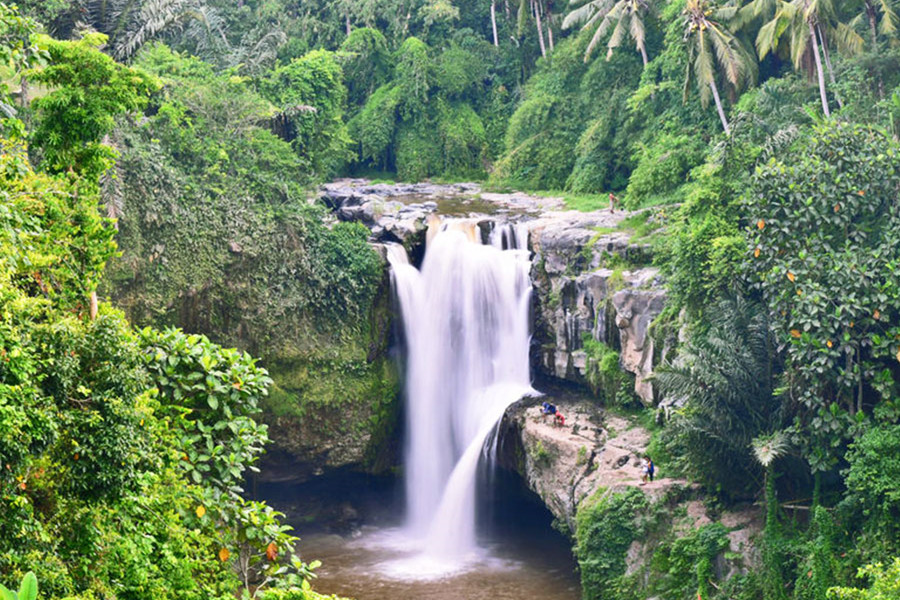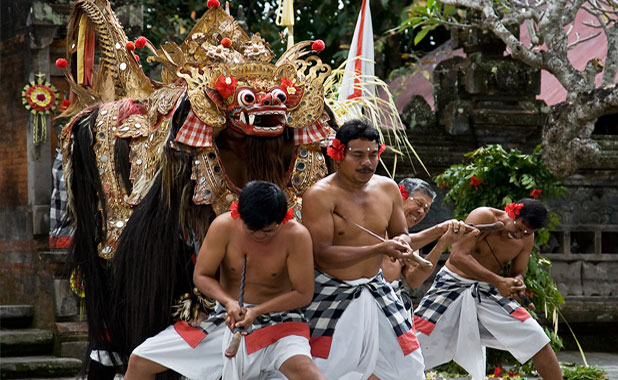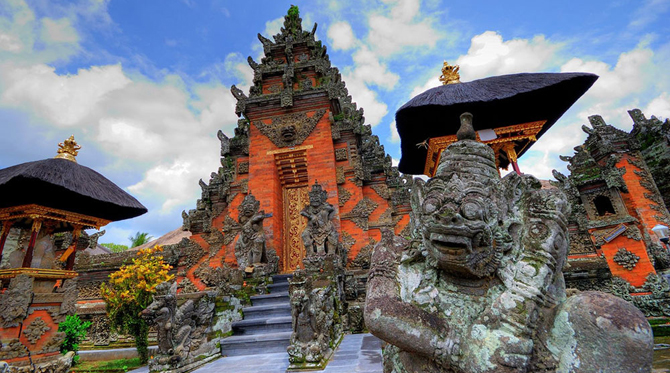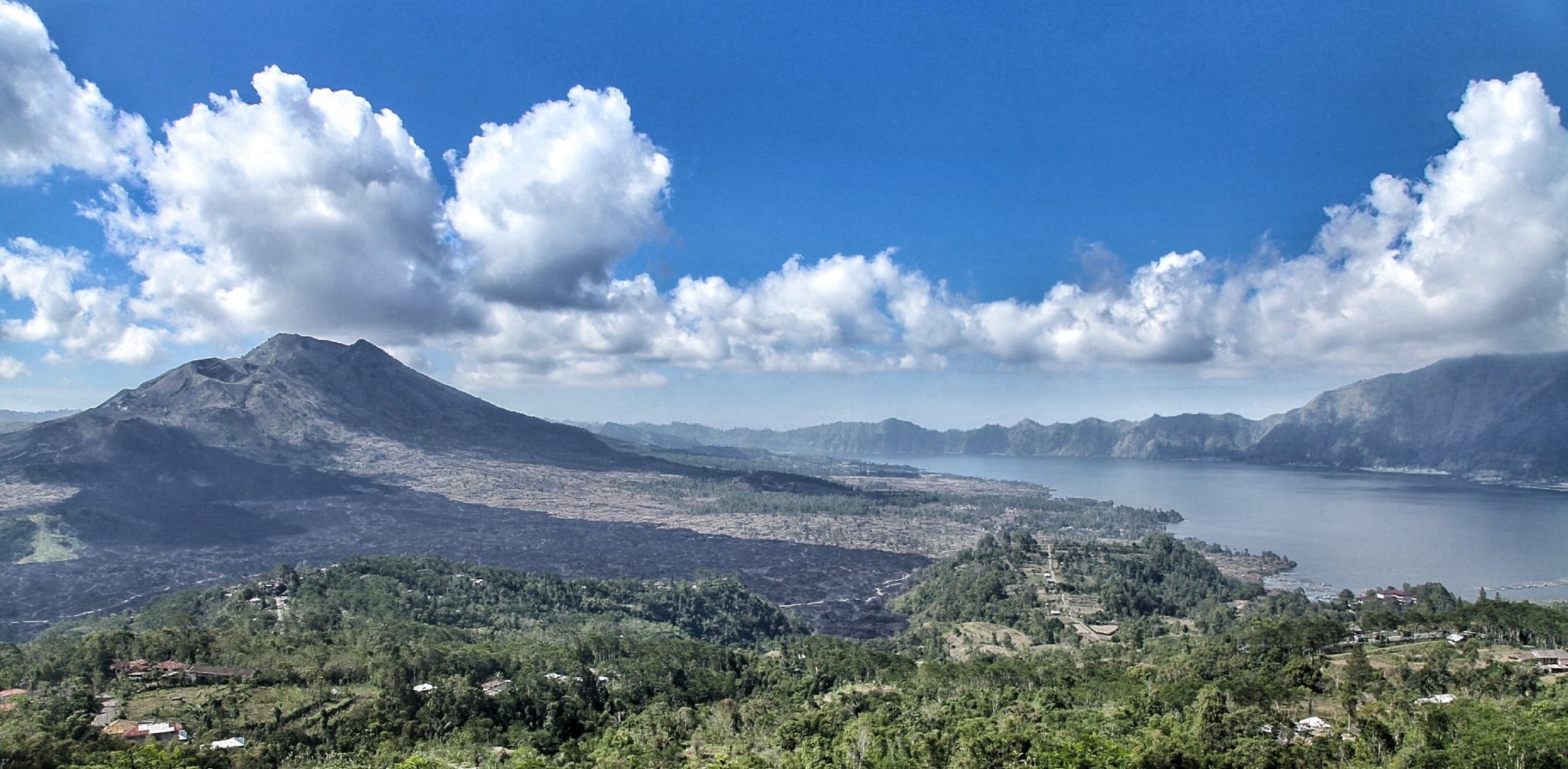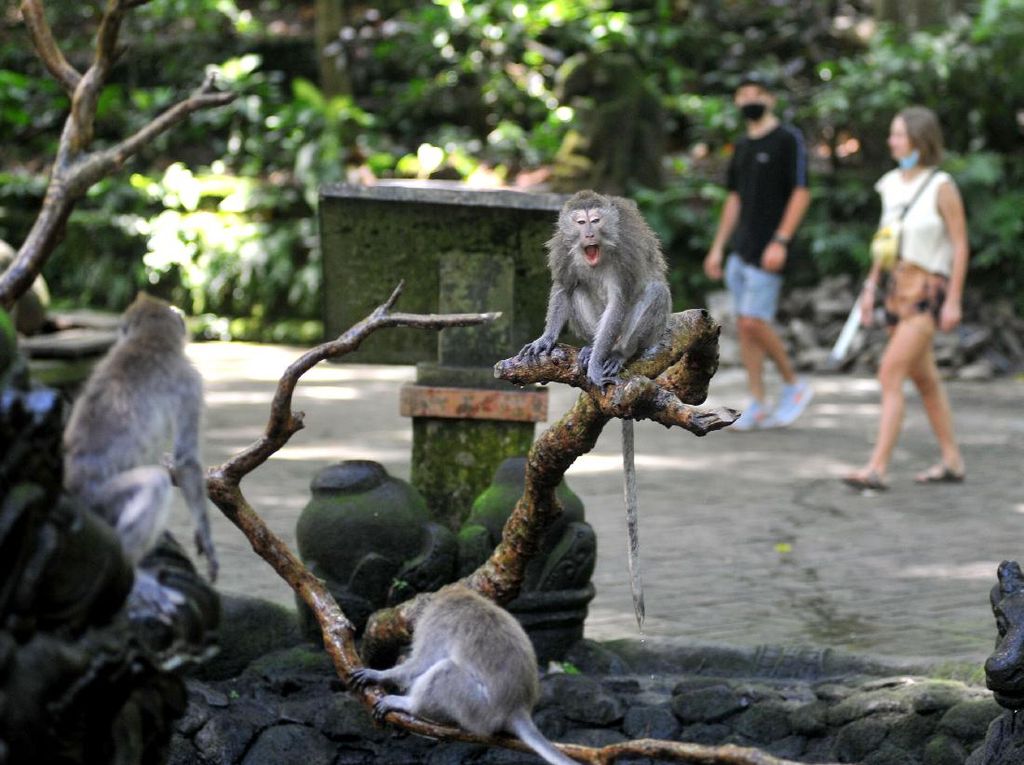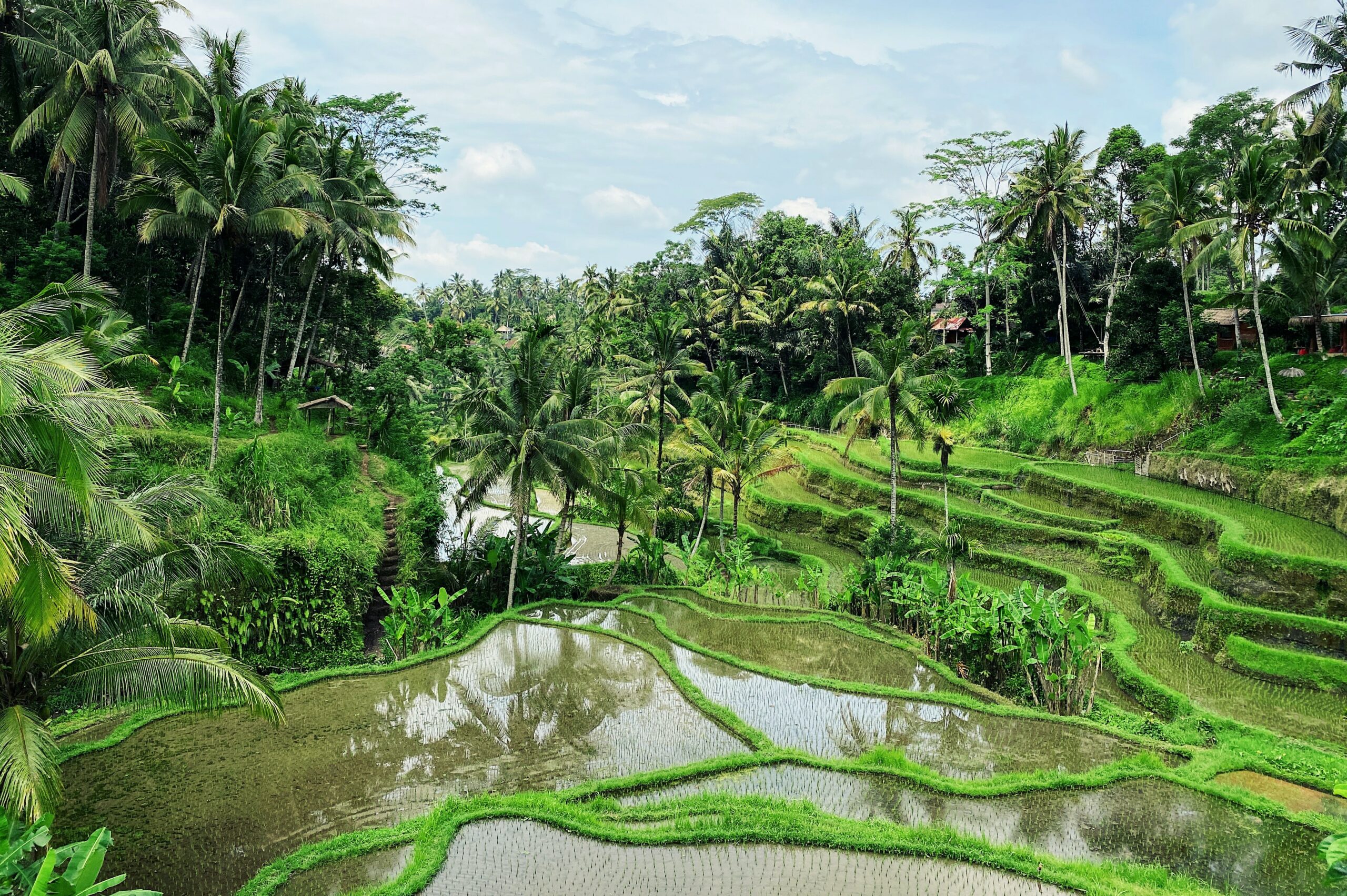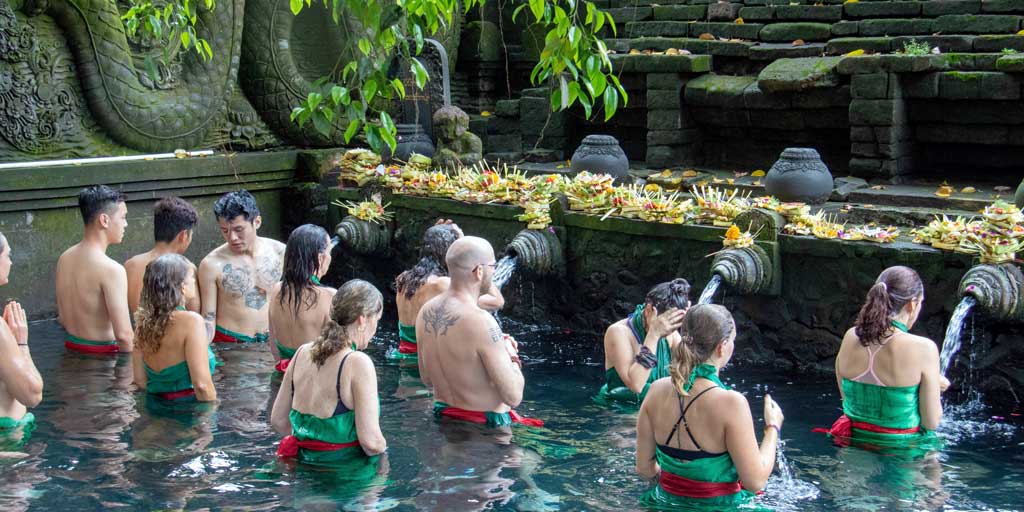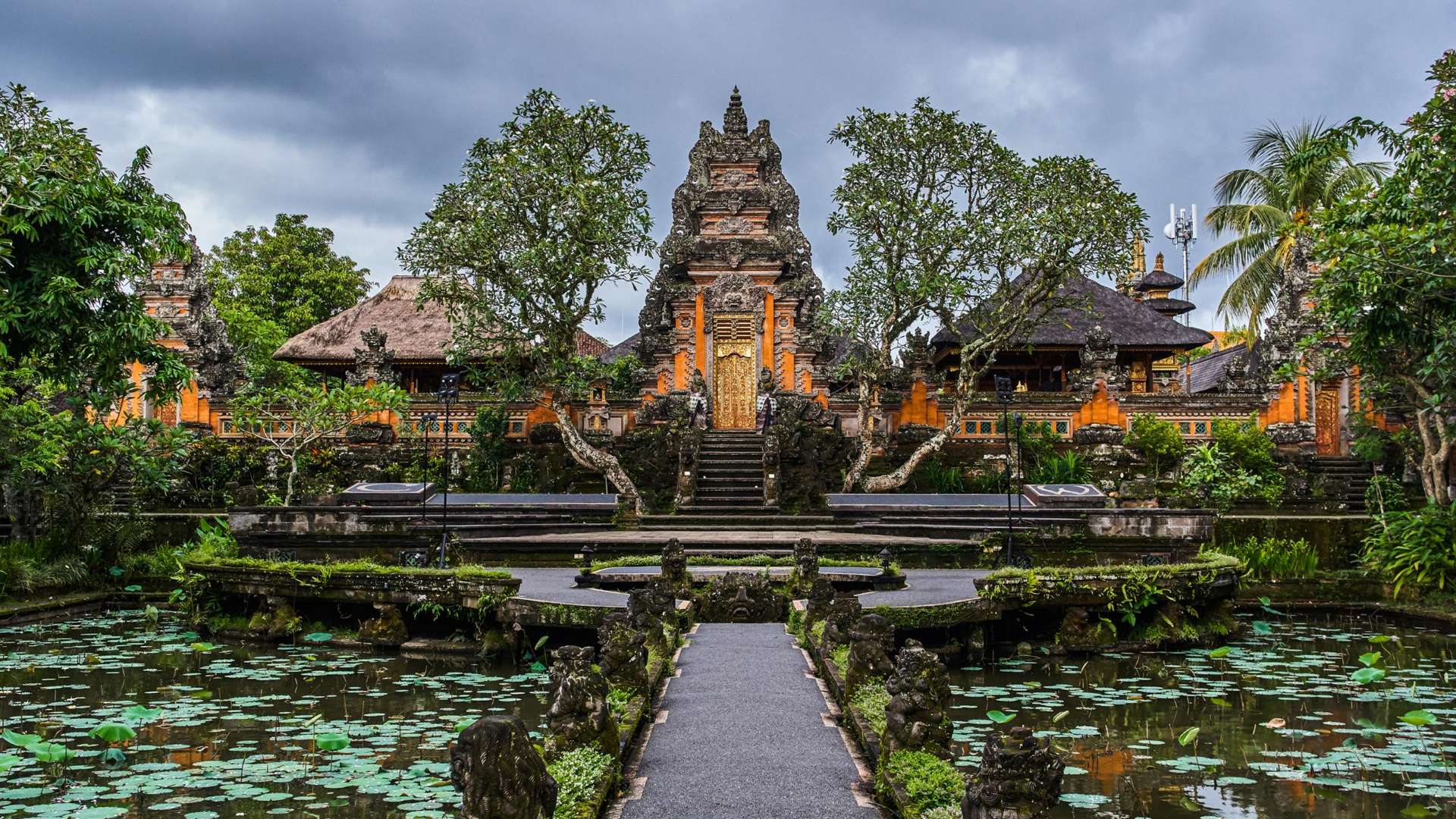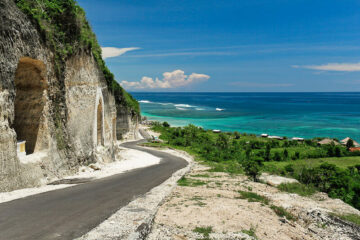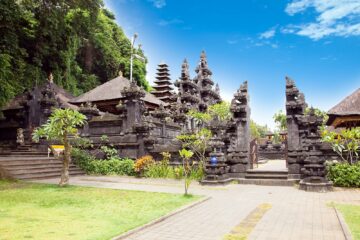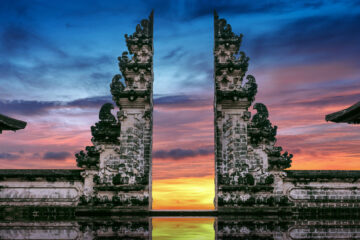- Barong Dance (Entrance fees ~USD 7/person)
Barong is the king of the spirits, leader of the hosts of good, and enemy of Rangda, the demon queen and mother of all spirit guarders in the mythological traditions of Bali. The Barong dance featured battle between Barong and Rangda to represent the eternal battle between good and evil.
- Batuan Temple (Entrance fees ~USD 1/person)
Batuan Temple were founded in the year 944 isaka (1020 AD). Nearly 1000 years old.The Batuan Temple is a Puseh Temple category based on the concept of “Tri Kahyangan or Tri Murti” taught by Mpu Kuturan around the 10th century to the Balinese Hindu community at the time.
- Ubud Market and Palace (Entrance free)
The Ubud Royal Palace, also known by its Indonesian name Puri Saren Agung, was an important building in the 1800s, when the top Balinese artists were flocking to Ubud to show off their skills.
- Monkey Forest Ubud (Entrance fees ~USD 4/adult | ~USD 3/kid)
The Ubud Monkey Forest is a nature reserve and temple complex in Ubud, Bali. It houses approximately 340 monkeys which are known as long-tailed Macaques (Macaca fascicularis). There are four groups of monkeys each occupying different territories in the park.
- Tegalalang Rice Terrace (Entrance fees ~USD 1/person)
Tegallalang Rice Fields is situated in a valley that offers extraordinarily scenic lookouts over the terraces and surrounding green landscape.
- Kintamani and Batur Volcano (Entrance fees ~USD 2/person)
Mount Batur is an active volcano located at the center of two concentric calderas northwest of Mount Agung on the island of Bali, Indonesia.
- Tegenungan Water Fall (Entrance fees ~USD 2/person)
Tegenungan Waterfall is a waterfall in Bali, Indonesia. It is located at the village of Tegenungan Kemenuh, in the Gianyar Regency, north from the capital Denpasar and close to the Balinese artist village of Ubud.
- Tirta Empul Temple (Entrance fees ~USD 2/person)
Tirta Empul temple is a Hindu Balinese water temple located near the town of Tampaksiring, Bali, Indonesia. The temple compound consists of a petirtaan or bathing structure, famous for its holy spring water, where Balinese Hindus go to for ritual purification. The temple pond has a spring which gives out fresh water regularly, which Balinese Hindus consider to be holy or amritha. Tirta Empul means Holy Spring in Balinese.
| DEPARTURE/RETURN LOCATION | Pick up and Return from/to your location | ||||
| DEPARTURE TIME | We start at 08.30 (am) | ||||
| RETURN TIME | We will be back around 17.30 (pm) | ||||
| INCLUDED |
|
||||
| NOT INCLUDED |
|
